Home Safety Checklist
Keeping you and your family safe in your home is at the top of most homeowners maintenance lists. Our Home Safety Checklist will give you a...
3 min read
Meadowlark Design+Build : Aug 26, 2021
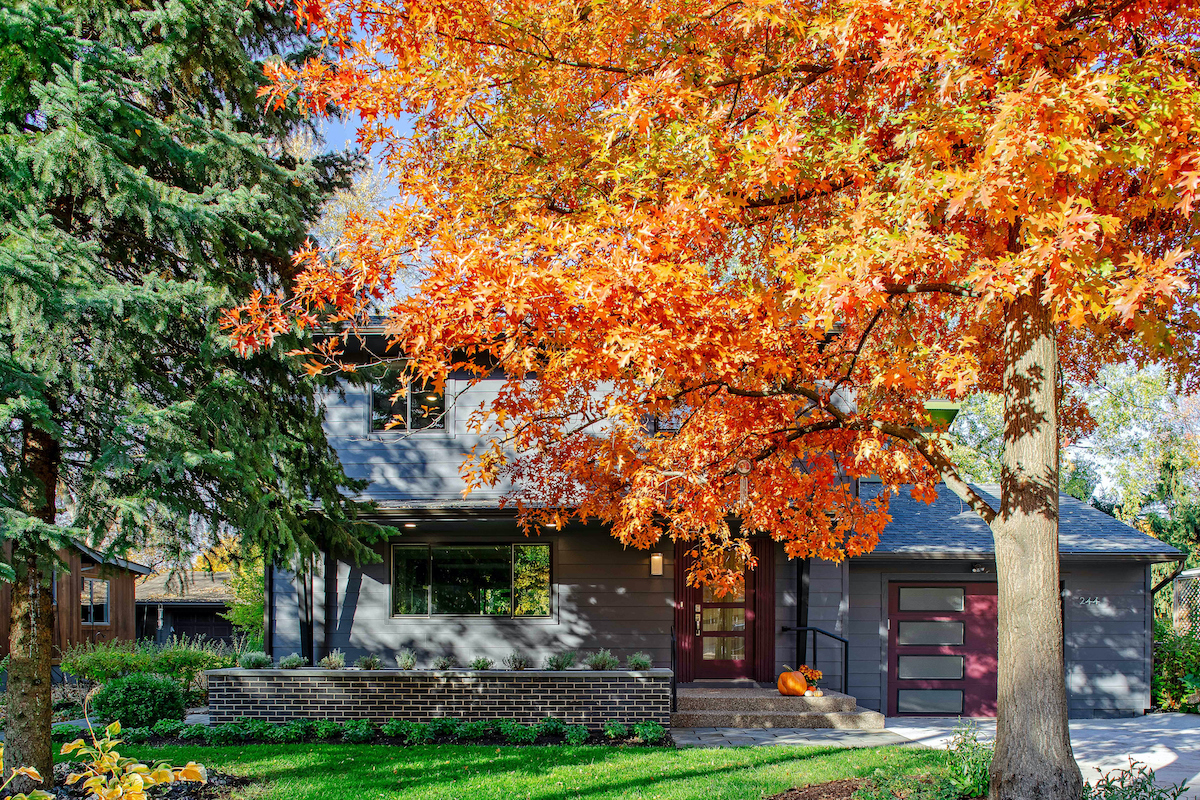
Hard to believe, but summer is almost over! Many of us are looking forward to a change in season and those cooler, crisp fall days ahead. Sweaters and hoodies are going to replace t-shirts and shorts to protect us from the cooler weather, but it's also time to think about doing some preparations to keep your home protected as the temperature drops. We've come up with a handy checklist for you to use as you prepare your home for the winter months. But, for those of us in the northern climes, here are important items to remember.
This means that if you have a closed system (like the pipes in your home or an in-ground sprinkler system) with water it in, when the water turns to ice it will expand in the lines and could break the valving, connections or even the lines themselves.
If you have an in-ground sprinkler system, or other exterior water systems - be sure to remove all water from the pipes. Usually this requires blowing out the water in the pipes with the use of a compressor. If you aren't equipped to do this yourself, there are companies that specialize in winterizing sprinkler systems. In addition, you should turn off your exterior faucets from the inside and make sure the valves are open from the outside so there is room to expand if any remaining water freezes. Remove and drain your hoses and store them in your garage or inside.
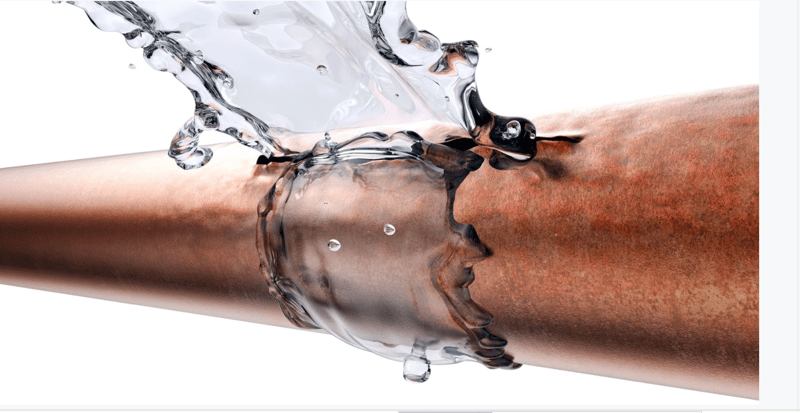 Photo courtesy of Farmersalmanac.com
Photo courtesy of Farmersalmanac.com
And finally - in colder climes - NEVER turn your heat off when you are leaving your home for vacations or an extended period of time. You may welcome an escape to a sunny beach for a winter getaway and try to save some money on your heating bill by turning off the heat, but you may be surprised by the unwelcomed "beach" in your home when you come back as a result of a water pipe freezing and breaking. The general rule of thumb is to keep your thermostat set to at least 55oF while you are away. It is also suggested that for pipes that are on exterior walls, to open the attached faucet so there is a continued slow drip to help keep water from freezing in the line. The Farmer's Almanac offers this great article that has more tips on preventing frozen pipes and what to do if they do freeze.
Once again ice can be a problem if your gutters and downspouts are blocked. If water can't freely flow through your downspouts it will freeze and will build up and cause ice dams on your roof which can lead to roof damage and leaks into your home. It's also a good idea to add heat-tracing into your downspouts to ensure that there is always a channel for water to flow away from your roof. The diagram below, provided in an informative article on ice dams in the Chicago Tribune, illustrates what happens when ice dams form. I personally have experienced this in my home and actually had my whole ceiling fall in!
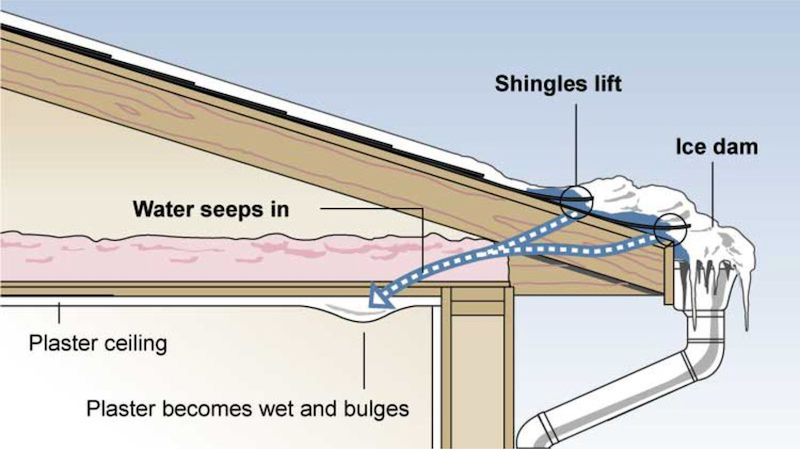 Photo courtesy of The Chicago Tribune
Photo courtesy of The Chicago Tribune
You don't want to be caught in the midst of a cold snap with a furnace that's on the fritz. Take advantage of the warmer weather and get your furnace checked out and repaired if necessary. Also take time to change the filters. This will help to improve the air quality when you start closing the windows and doors as the temps start to drop.
If you have a working fireplace and use it regularly in the winter, it's a good idea to have your chimney inspected and, if necessary, cleaned before you start using it in the fall. Fire safety experts recommend that you have your chimney inspected annually and cleaned periodically to ensure there are no blockages that could adversely affect your home's air quality, or worse - cause a house fire. And in that same vein...testing your smoke and carbon monoxide detectors and changing the batteries should be on your "must do" list as well.
...And before the snow starts flying! Things like aerating your lawn, cleaning out your annuals, raking your leaves, and fall planting are much easier when there is no snow on the ground. And speaking of snow....It's also a good idea to service your snow blower now while the demand is low. You know that at the first big snow fall forecasted, the local snow blower service companies are going to be swamped.
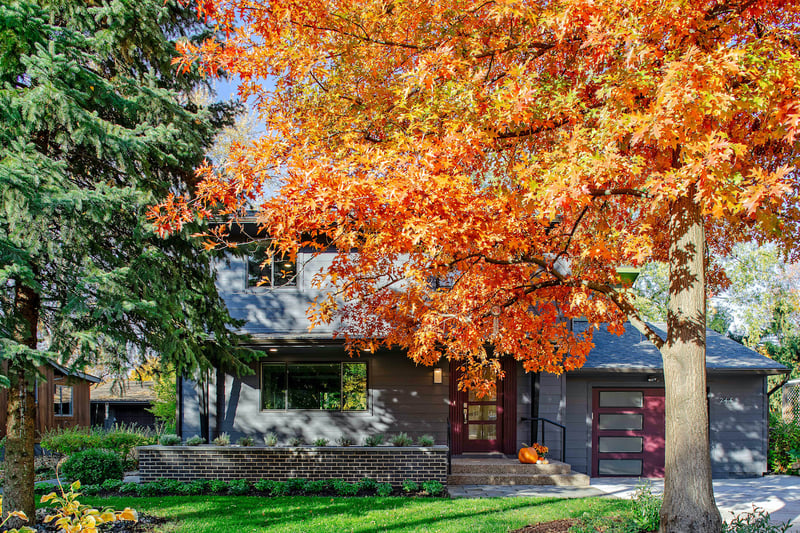
Remove exterior window screens. Exterior screens can trap snow between the screen and the window which can melt and cause damage to the windows. Now is the time to put up your storm windows if you have them. Caulking and air-sealing cracks around windows and doors is also much easier during warm weather - so get after that! You'll be happy you did when those January winds start blowing.
Finally - look for damage to your roof and siding. If there are missing shingles or siding that is loose or separated from the walls - remember these are places where water can infiltrate and wreak havoc to your home's structure. Repairing them now can also be a lot less costly than when structural damage occurs.
Sad to say...I've learn some of this stuff the hard way!
By Susan Christian

Keeping you and your family safe in your home is at the top of most homeowners maintenance lists. Our Home Safety Checklist will give you a...

Today, advanced green building technologies have allowed us to harness that consistent temperature and use it to heat or cool homes comfortably in a...
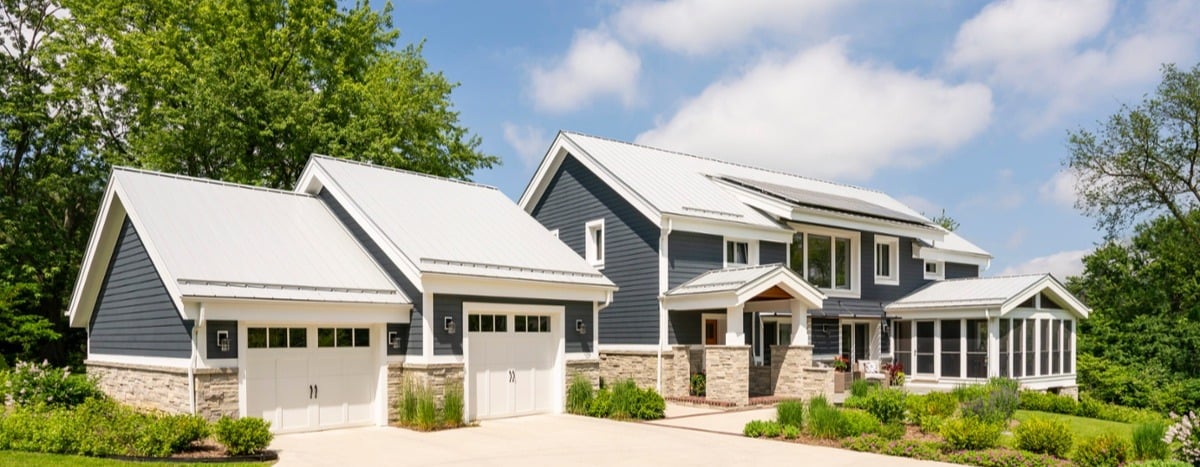
By Doug Selby It might seem like a net-zero energy green home is difficult to achieve, but the truth is there is a pretty simple formula with seven...